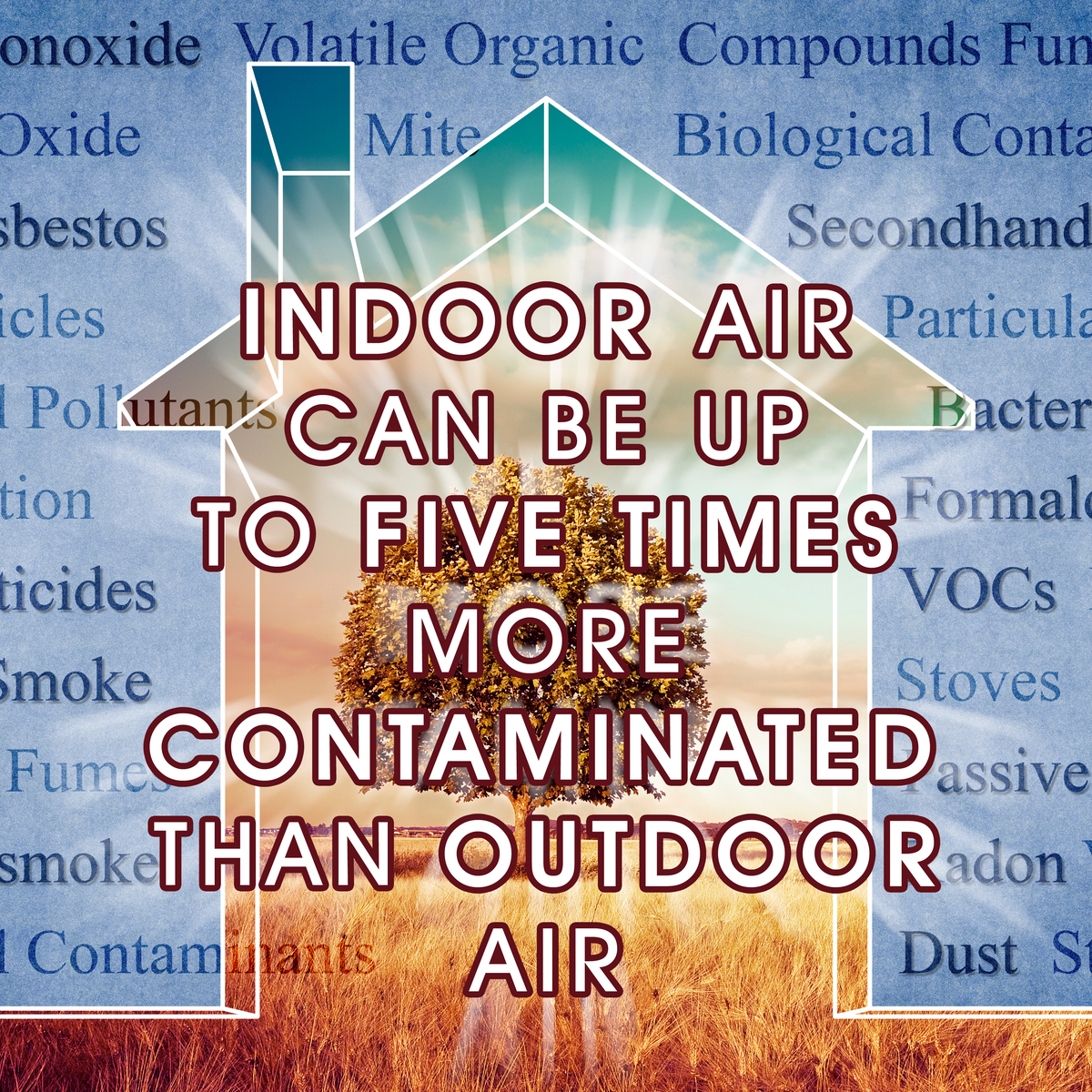
Once the current COVID-19 pandemic is over, we will still have to maintain high standards of hygiene to ensure a safe working environment for ourselves and our colleagues. A crucial aspect of this standard is Indoor Air Quality (IAQ).
COVID-19 attacks our respiratory system, so it’s now more important than ever to promote good lung health, as it’s essential to fight coronavirus. Once lockdowns get lifted, your colleagues will be returning to work. Whether you are a maintenance professional or project manager in your organization, it will be your responsibility to provide hygienic Indoor Air Quality.
Indoor Air Quality – A Quick Guide
Studies completed by the Camfil Group have demonstrated that good Indoor Air Quality has a positive impact on people’s health and mental well-being. Better Indoor Air Quality helps to enhance cognitive performance due to improved oxygen flow. Therefore, you must familiarize yourself with what IAQ is, how it works, and how you can ensure good indoor quality in your HVAC system.
What is Indoor Air Quality (IAQ)?
IAQ is also known as indoor environmental quality. It is a way to gauge how indoor air can impact the health, ability to work, and comfort of people working in your organization. It includes the level of humidity, temperature, lack of outside air or poor ventilation, and exposure to any chemicals or mold caused by water damage.
Currently, the Occupational Safety and Health Administration (OHSA) has not stated IAQ standards to follow. However, it does offer general guidelines on how to address the most common IAQ-related issues and complaints in your workplace.
How Does IAQ Work?
There are three sensors that your IAQ can be checked with – oxygen, carbon monoxide, and carbon dioxide. The oxygen sensor in your HVAC system is an electrochemical sensor. Any gas with a capability to oxidize is detectable using a fuel-based electrochemical sensor.
Consumption of oxygen in an HVAC system produces a (µA) current linearly proportional to the gas concentration in the air. It is worth noting here that because the oxygen sensors are in constant exposure to oxygen, the average lifespan of these sensors is between one and two years.
Similarly, a carbon monoxide sensor is also an electrochemical sensor operating on the same basic principle as your oxygen sensors. These sensors consume little amounts of gas, and a “diffusion barrier” controls the electric output due to the absorption of the gas.
A carbon dioxide sensor is significantly different - it is an infrared detector. It operates via transmitting an infrared beam through the air sample. The air absorbs the energy of the beam, which allows the sensor to determine the concentration of the carbon dioxide present in the air sample and then convert that reading into concentration levels of carbon dioxide.
What Are The Main Causes of Indoor Pollution?
Some of the most common causes of indoor pollution include:
- No ventilation, or inadequate ventilation in the building.
- Lack of fresh (outdoor) air or influx of contaminated air into the building.
- Poor maintenance of the HVAC system.
- Moisture and dampness damage caused by leaks, high humidity levels, or flooding.
- Indoor activities, such as remodeling, painting, or reconstruction.
- Outdoor and indoor contaminated air.
- Use of toxic products and chemicals.
Other leading causes may include less obvious reasons, such as:
- Asbestos can be a leading cause of indoor pollution. It is a material widely used in the construction industry. If you are working in an old building, it may be the culprit of poor air quality.
- Tobacco smoke and fumes are difficult to detect as air pollutants.
- If the outdoor environment around your building is damp, then your HVAC may also bring in contaminants that flourish in a damp environment. These include mold, dust mites, bacteria, and mildew. Animal dander can also come in and make the occupants of the building sick.
- If your building has a kitchen and other fireplaces, poor air ventilation in these areas may cause poor IAQ.
How to Detect IAQ Issues?
There are ways you can detect poor Indoor Air Quality, such as:
- Musty or unpleasant odors.
- The building’s environment may be hot and stuffy.
- Occupants may complain about feeling lethargic or getting frequent headaches, fever, and shortness of breath.
You should measure humidity levels, airflow, and temperatures regularly. Regular inspection of HVAC systems will go a long way. Check for leaks, water damage, pest droppings, and dirt inside and outside the building. Check if roofs, AC units, and in-boiler pans are developing fungi that need eliminating.
Let the Professionals Do It
As people return to work after the COVID-19 lockdown, it is critical to ensure that there is adequate Indoor Air Quality for your office or building environment. Therefore, it is best to get help from experts such as Tate/Site Support Engineering to ensure the safety of your occupants. We will not only help to detect any on-going IAQ issues, but also advise you on the most prompt and apt solution for your working environment.
Therefore, it is best to get help from experts such as Tate/Site Support Engineering to ensure the safety of your occupants. We will not only help to detect any on-going IAQ issues, but also advise you on the most prompt and apt solution for your working environment.
